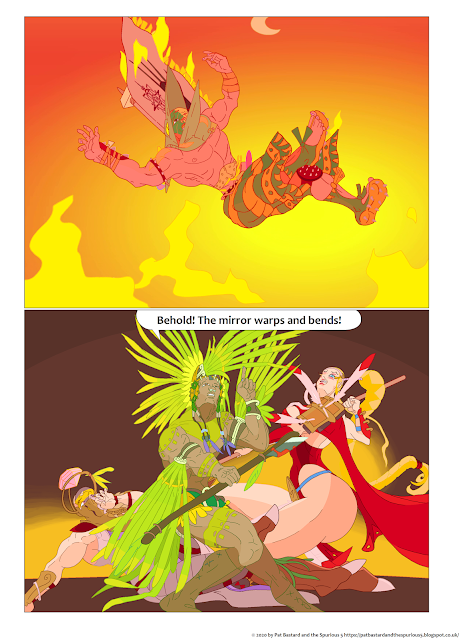Happy Christmas!
First Thoughts: The Prehistory of the Thinking Barbarian
Theme: Lonely Hero - Sadwings
The Thinking Barbarian
1. Suzy and the Serpentines
Theme: Snakebite - Alice Cooper
2. The Fell Sorcerer
Theme: Sacrifice - Saxon
3. The Amazons
Theme: Black Widow - Lita Ford
4. The Mines of Chaos Crystal
5. Morbus Groovis
Theme: Shake It Up - Lee Aaron
6. Desperation on a Red Line
Theme: Heavy Metal - Sammy Hagar

7. A Prisoner of the Amazons
Theme: She-Wolf - Megadeth
Theme: Black Widow - Mötley Crüe
10. Battle Royale
Theme: The Mercenary - Iron Maiden
11. The Far City
Theme: Broken Dreams - Lita Ford
12. The Caves of Chicomoztoc
Theme: Battle Cry - Messiah Prophet
17. The Amazon-Skeleton War
13. The Necromancer
14. Dream of Fire and Starshine
15. Peyotl Nights
16. The Mummy King
Theme: Guardians of the Tomb - Saxon
18. The Fell Civil War
Theme: Bodies - Megadeth
20. One Way Ticket to Midnight
The saga continues in Last of the Amazons - coming summer 2026!







































































































































































































































































